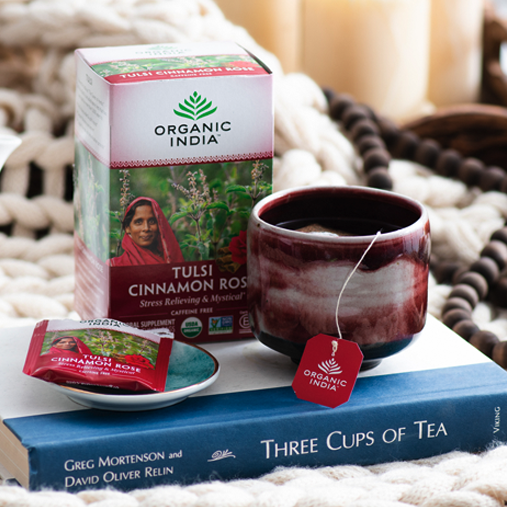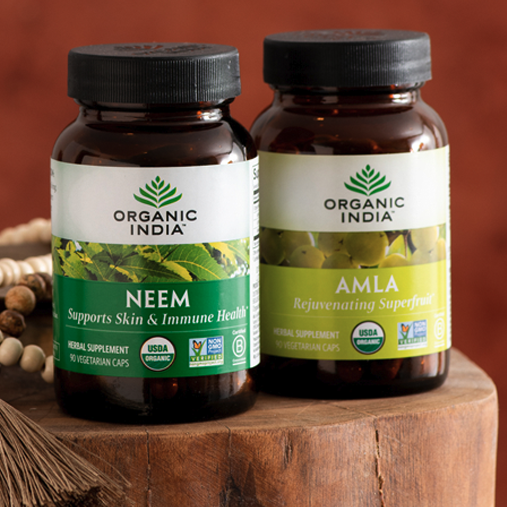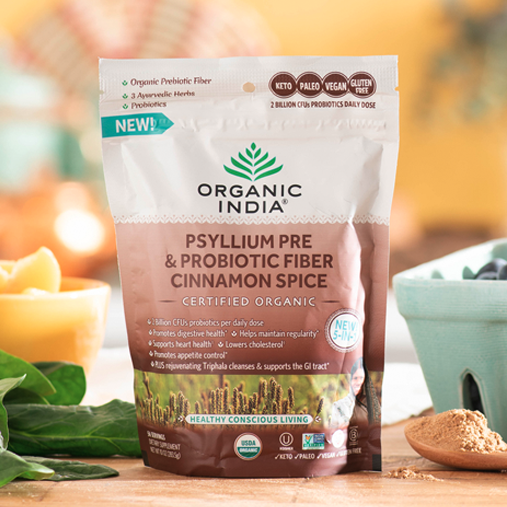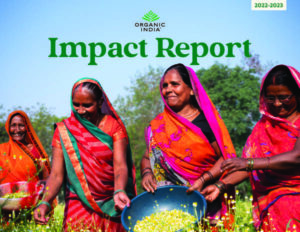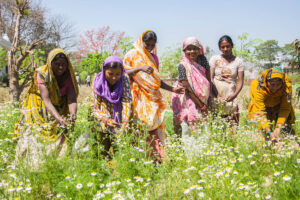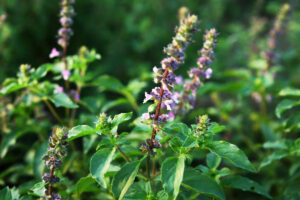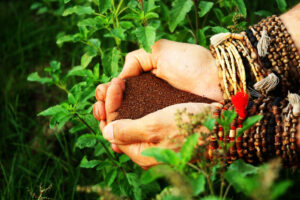Back
Regenerative Agriculture on Your Dinner Plate
05/19/2020 | Written by By Vic Shayne
Better World, Uncategorized
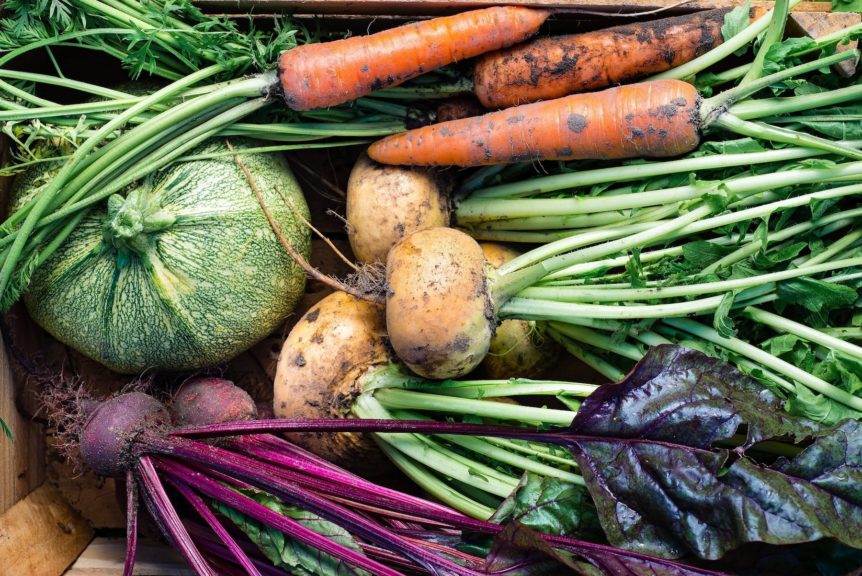
Less than a hundred years ago, most of the world’s agriculture yielded toxic-free, nutrient-dense produce, grown in rich and abundant soil. Farmers were growing foods that human bodies could digest and use as cellular energy. And then something happened called “industrial farming.” In our modern era, we now have to be educated and discerning about where our foods come from, how they are grown, and much more. Regenerative agriculture has become the new gold standard in healthful foods, from farm to table.
With the advent and growth of the chemical industry, modern farming has been drenched in artificial fertilizers, pesticides, and herbicides that take their toll not only on human health, but also on farmers and laborers, the land, and the environment on the whole. Regenerative agriculture represents not only hope but also a return to wisdom, because it takes into consideration a holistic approach to human health, integrity, nutrition, sustainable practices, and quality of life.
When you look into the importance of regenerative agriculture, you step into a deep world of uplifting, life supporting, and promising practices.
Carbon, the Soil, and the Environment
Researchers at the Yale School of Forestry & Environmental Studies explain that the degradation of soils from unsustainable agriculture continually causes billions of tons of carbon to find its way into the atmosphere. The world’s cultivated soils have lost up to 70 percent of their original carbon supply, which is turned into carbon dioxide and said to cause climate change and many other problems.
Amber Yang, San Francisco State University, wrote that industrial farming systems — the ones that grow the foods found in most grocery stores — are responsible for removing carbon from our soils. The result is the destruction of forests and ecosystems, as well as the release of half of all climate-destabilizing greenhouse gases (including carbon dioxide, methane, and nitrous oxide).
Regenerative agricultural practices are embraced by environmentalists because they “can turn back the carbon clock.”
Without carbon and critical microbes, Yang wrote, soil becomes mere dirt, a process of deterioration that’s been rampant around the globe. Regenerative agricultural practices are embraced by environmentalists because they “can turn back the carbon clock.” At the same time, these farming methods boost soil productivity and increase resilience to floods and drought. Some of the key regenerative techniques include planting fields all-year-round, as well as agroforestry that incorporates crops, trees, and animal husbandry.
Regenerative agricultural techniques allow carbon to be retained in soils and living plants where naturally occurring carbon increases food production and quality, while reducing soil erosion and the damaging runoff of pesticides and fertilizers. By healing the land through restoration and holistic farming practices, climate change may be managed or reversed.
Beyond Organic
Regeneration International, a group that globally helps farmers transition to regenerative food and land management, explains that the key to regenerative agriculture is to improve the land by using technologies that regenerate and revitalize the soil and the environment. Simply, healthier soil produces high-quality, nutrient-dense food and leads to productive farms and healthy communities and economies.
Regenerative practices are dynamic and holistic, and they employ permaculture and organic farming. Permaculture is based on a philosophy of wholeness that embraces natural ecosystems. It involves letting nature take its course, naturally allowing water to be harvested, and creating a diversity of plant and animal life rather than monoculture (single crops).
Organic food has become popular over the last 20 years, but there’s more to the story than just better quality food without pesticide residues. In the bigger picture, farmers dedicated to regenerative practices work not only to increase food quality, but also the quality of lives of everyone and everything involved with production — farmers, families, communities, the environment, and even the animals that make up the ecosystem. Organic production alone is no longer an idea model because it lacks the holism needed to sustain life and health on this planet.
Although we may take for granted that food is relatively easy to come by in our modern world — you just go to the grocery store and buy it — the truth is that most of us are out of touch with what it takes to grow healthful plants that sate our hunger and appetites, as well as keep our bodies healthy and energized. Healthy food begins with the soil and should take into consideration the effect of farming methods upon the entire infrastructure of life.
Saving the World One Farm at a Time
Regeneration International explains that the loss of the world’s fertile soil and biodiversity, as well as the loss of indigenous seeds and growing knowledge, threaten our future survival as a human species. Soil scientists say that if we maintain current rates of soil destruction, there is no way to avoid a degraded food supply that is relatively devoid of nutrition and important trace minerals. However, by using regenerative methods of growing, we can save ourselves, replenish the soil, and nurture the environment.
Green America, a nonprofit organization focused on a socially just and environmentally sustainable society, notes that one way to support farmers who are pioneering regenerative agriculture is by shopping at your local farmer’s market. Know where your food comes from and who grows it, as well as how the farmer feels about the environment and life on our little planet. Some simple questions to ask local farmers include whether they use chemical pesticides or fertilizers; if they till the land frequently; and if they use organic mulch, rotate livestock, or compost. If these practices are not being used, then it’s a good opportunity for you to plant a seed in the mind of a farmer so that he or she realizes what’s most important to you, his customer.

